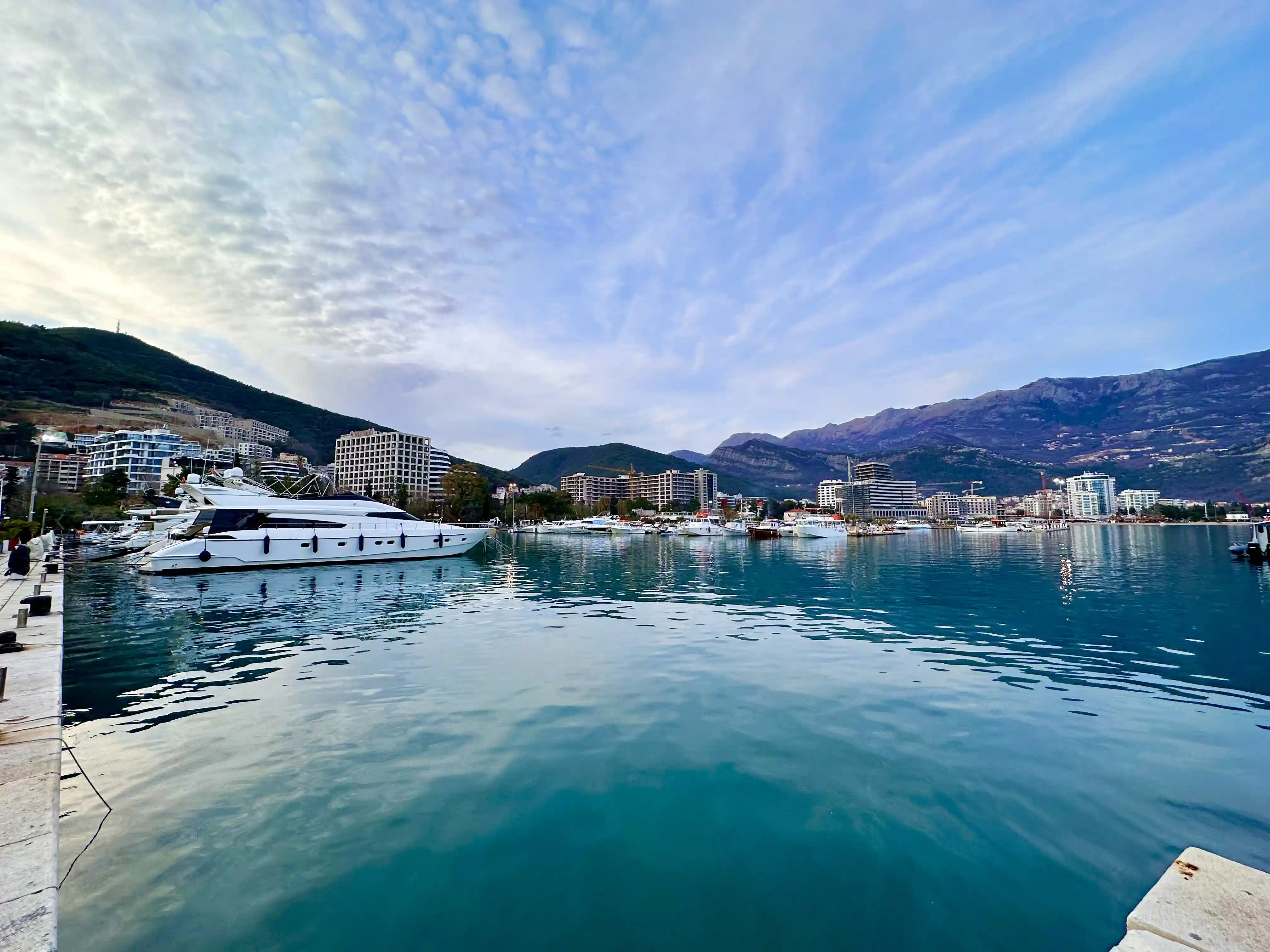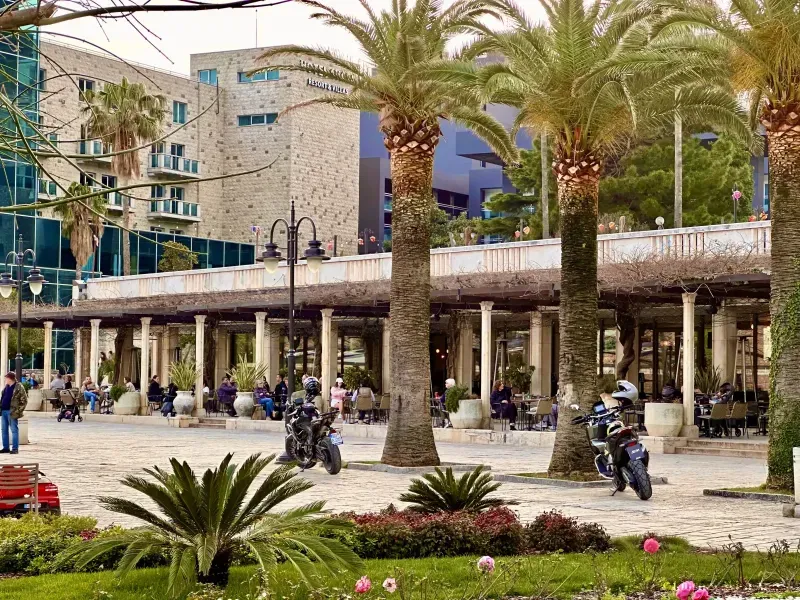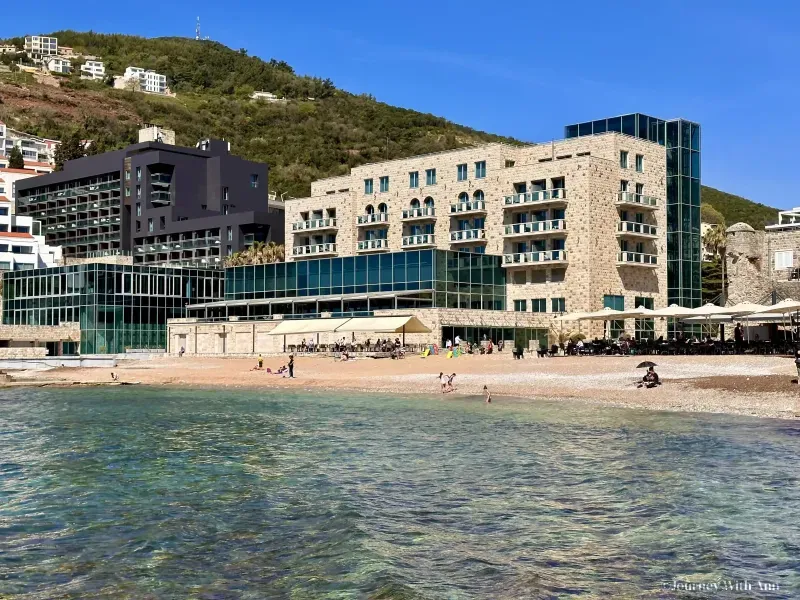Budva's Geographical Position and Accessibility
Situated in the central part of Montenegro's coastline, Budva is renowned for its rich cultural heritage, picturesque beaches, and vibrant nightlife. It lies approximately 60 kilometers southwest of Podgorica, the capital and largest city of Montenegro. The town is easily accessible via the Adriatic Highway, which connects Montenegro with its neighboring countries along the coast.
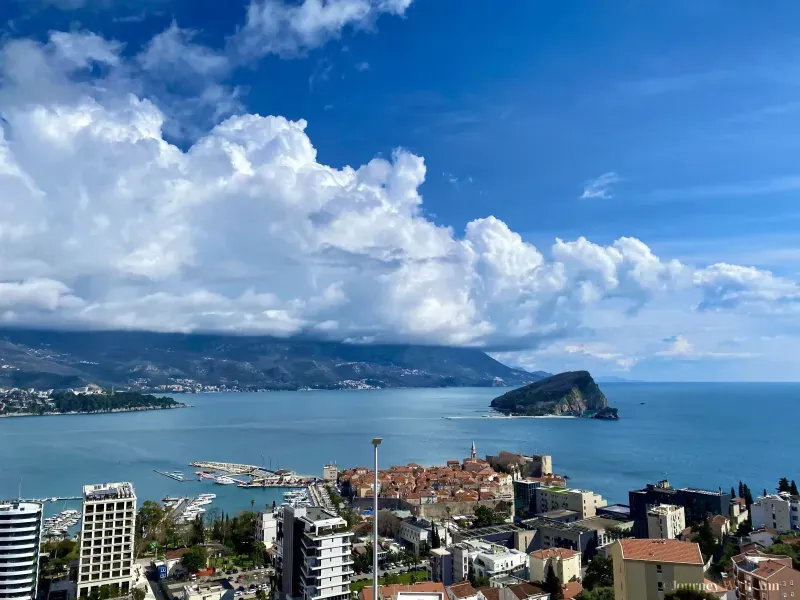
The Budva Riviera
Budva is part of the Budva Riviera, a 35 km long strip of the Adriatic coast surrounding the town. This area is famous for its scenic beauty, comprising a mix of sandy beaches and rocky coastline, with a backdrop of mountains. The Riviera is a key tourist destination in Montenegro, attracting visitors with its historical Old Town, beautiful beaches like Jaz, Mogren, and Becici, and lively entertainment options.
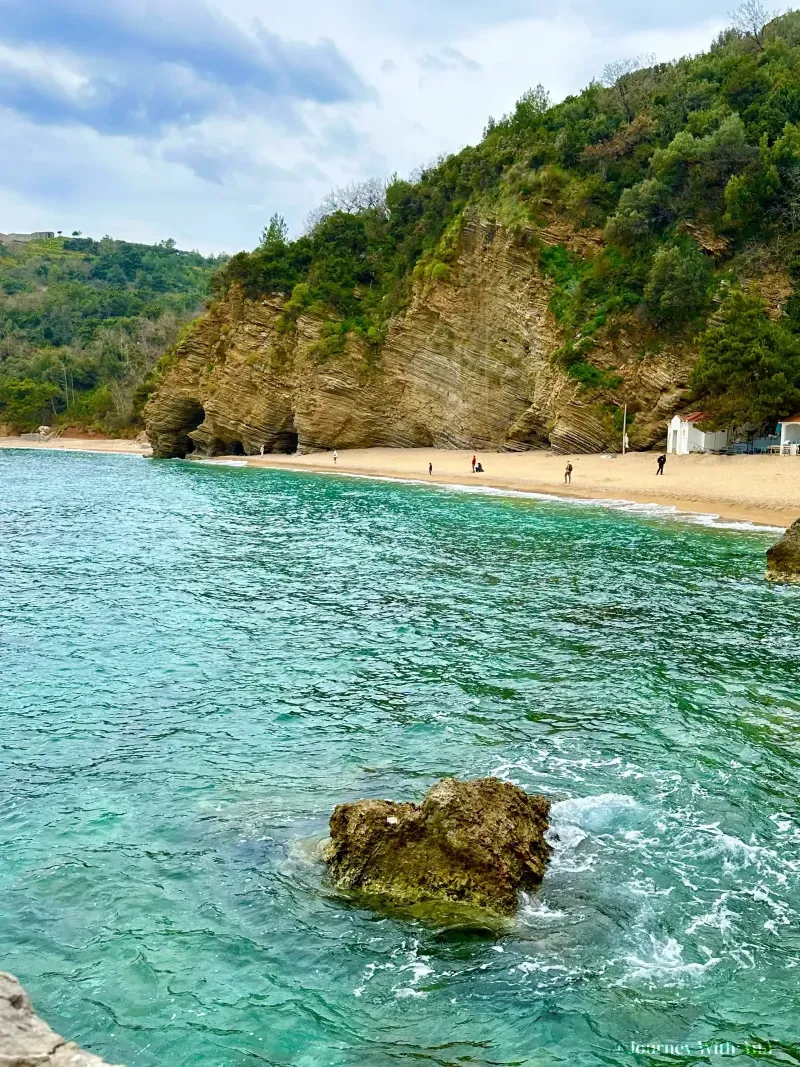
Historical Significance of Budva
The town of Budva is steeped in history, with its origins tracing back to over 2,500 years ago, making it one of the oldest settlements on the Adriatic coast. The Old Town of Budva is a well-preserved medieval walled city with narrow streets, historic buildings, churches, and squares, showcasing the area’s rich historical and cultural heritage.
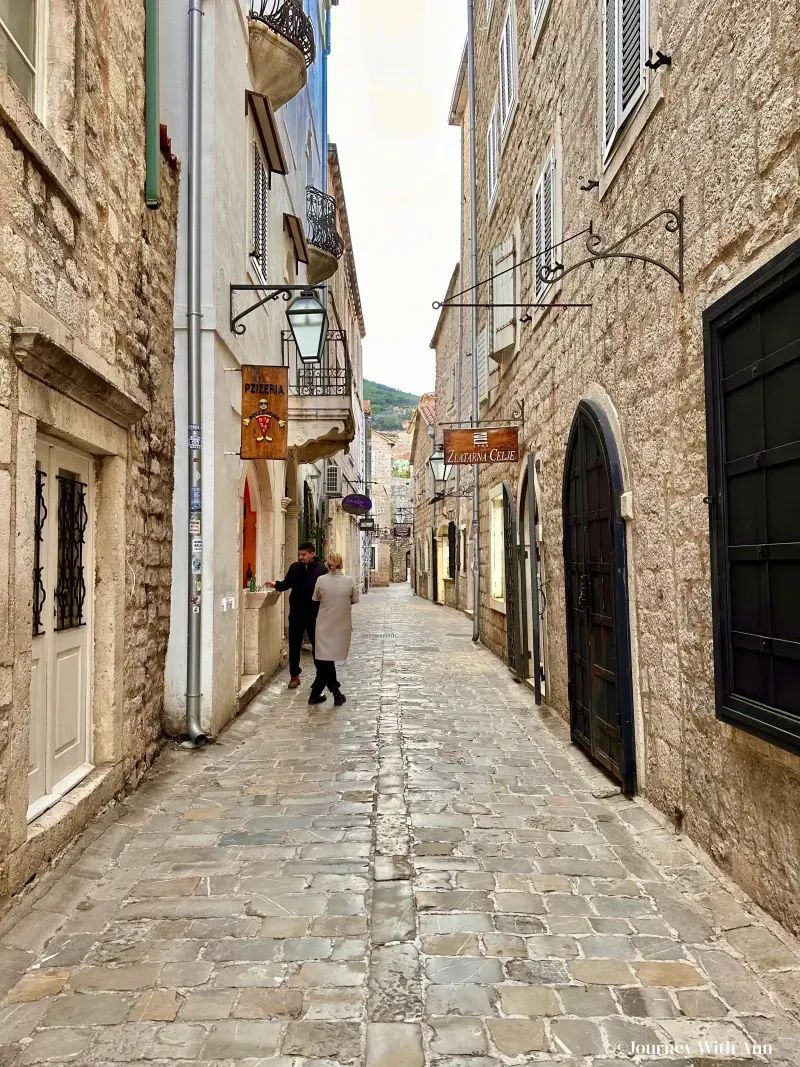
Climate and Cultural Scene
Budva's Mediterranean climate, with hot, dry summers and mild, wet winters, makes it an attractive destination year-round, particularly in the summer months when the town becomes a vibrant hub with numerous festivals, concerts, and events..
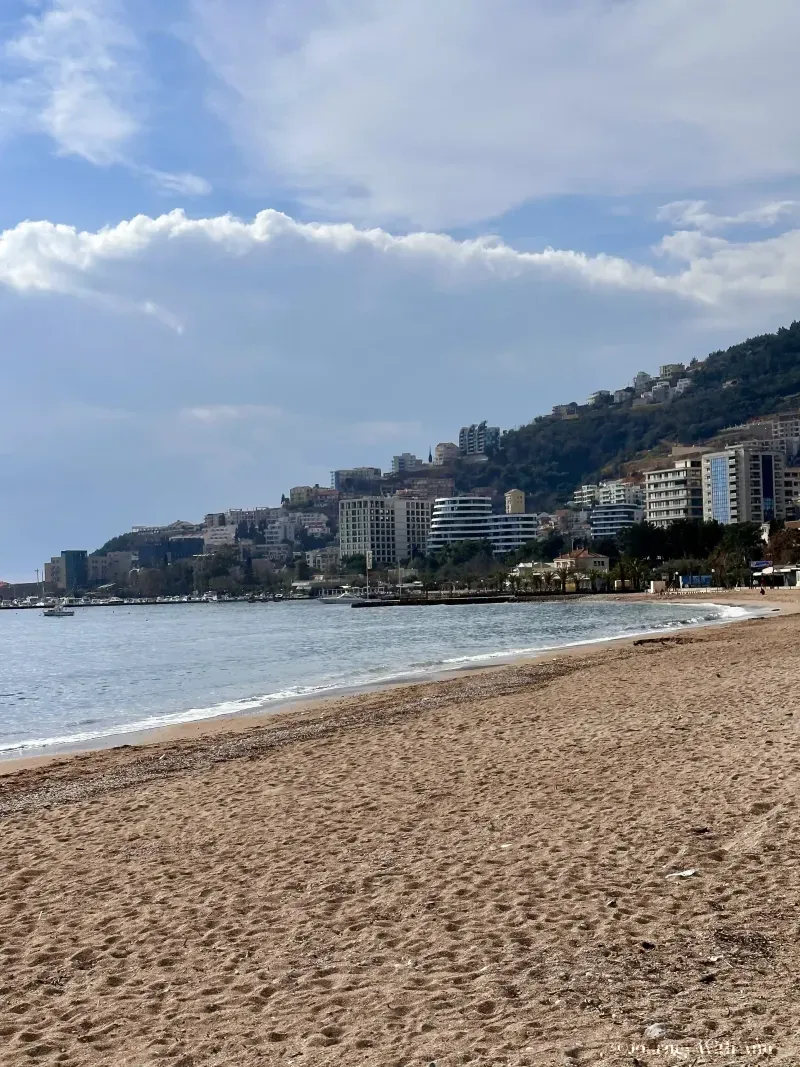
Administrative and Demographic Information
Administratively, Budva is the center of the Budva Municipality, which is one of Montenegro's 24 municipalities. The town's population is diverse, with a mix of Montenegrin natives and a significant number of seasonal workers and international tourists during the peak season.
Transportation and Connectivity
In terms of transportation, Budva is well-connected by road. The nearest airports are in Tivat, about 20 km away, and Podgorica, around 60 km away, providing both domestic and international connections. The town also has a maritime link, with the Port of Budva serving as a minor but picturesque marina.

Conclusion
In conclusion, Budva is located on the central Adriatic coast of Montenegro, a country in Southeastern Europe. It is a historic town, renowned for its stunning beaches, Mediterranean climate, and vibrant cultural scene, making it a significant and attractive destination in the Balkan Peninsula.
